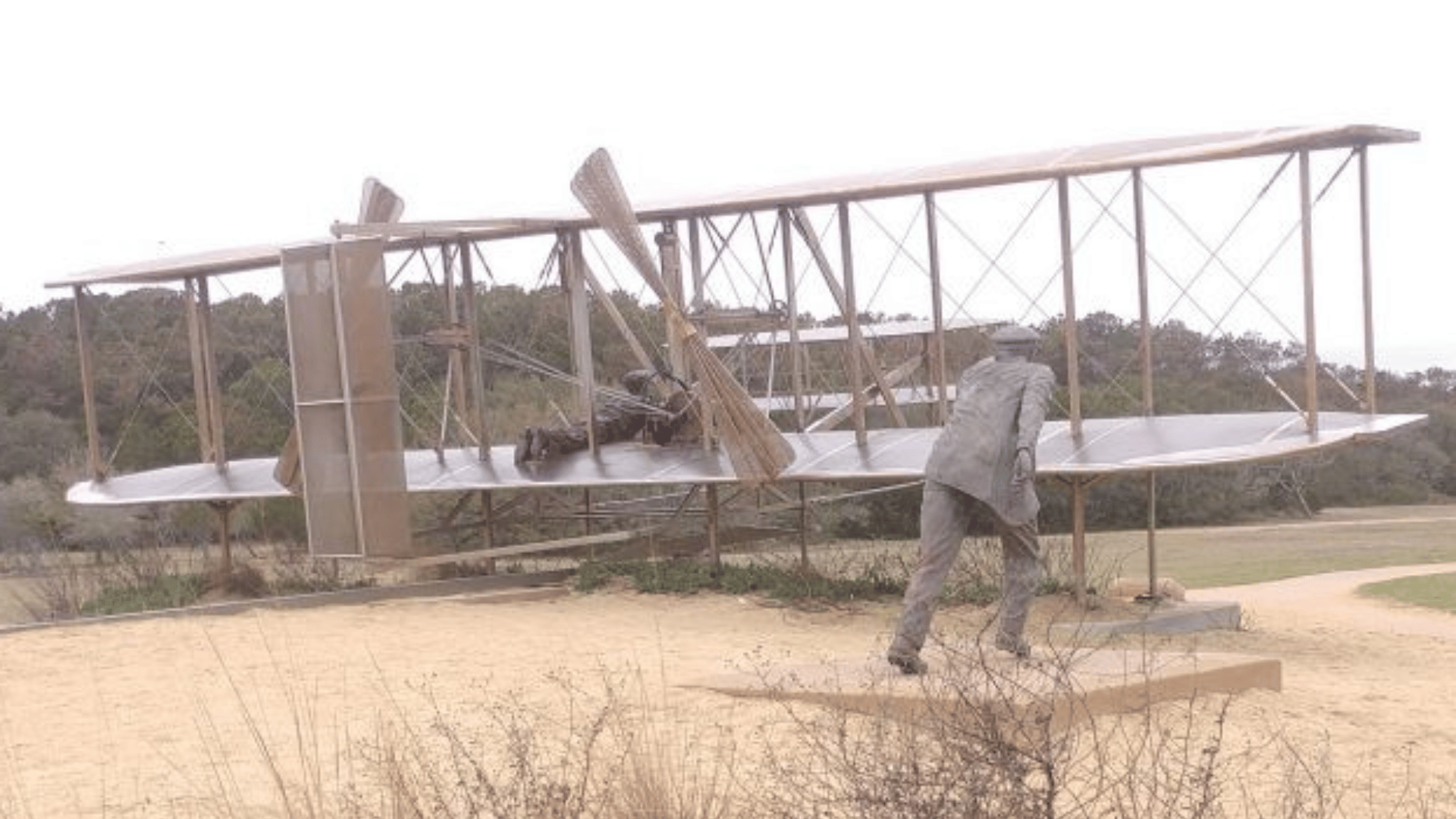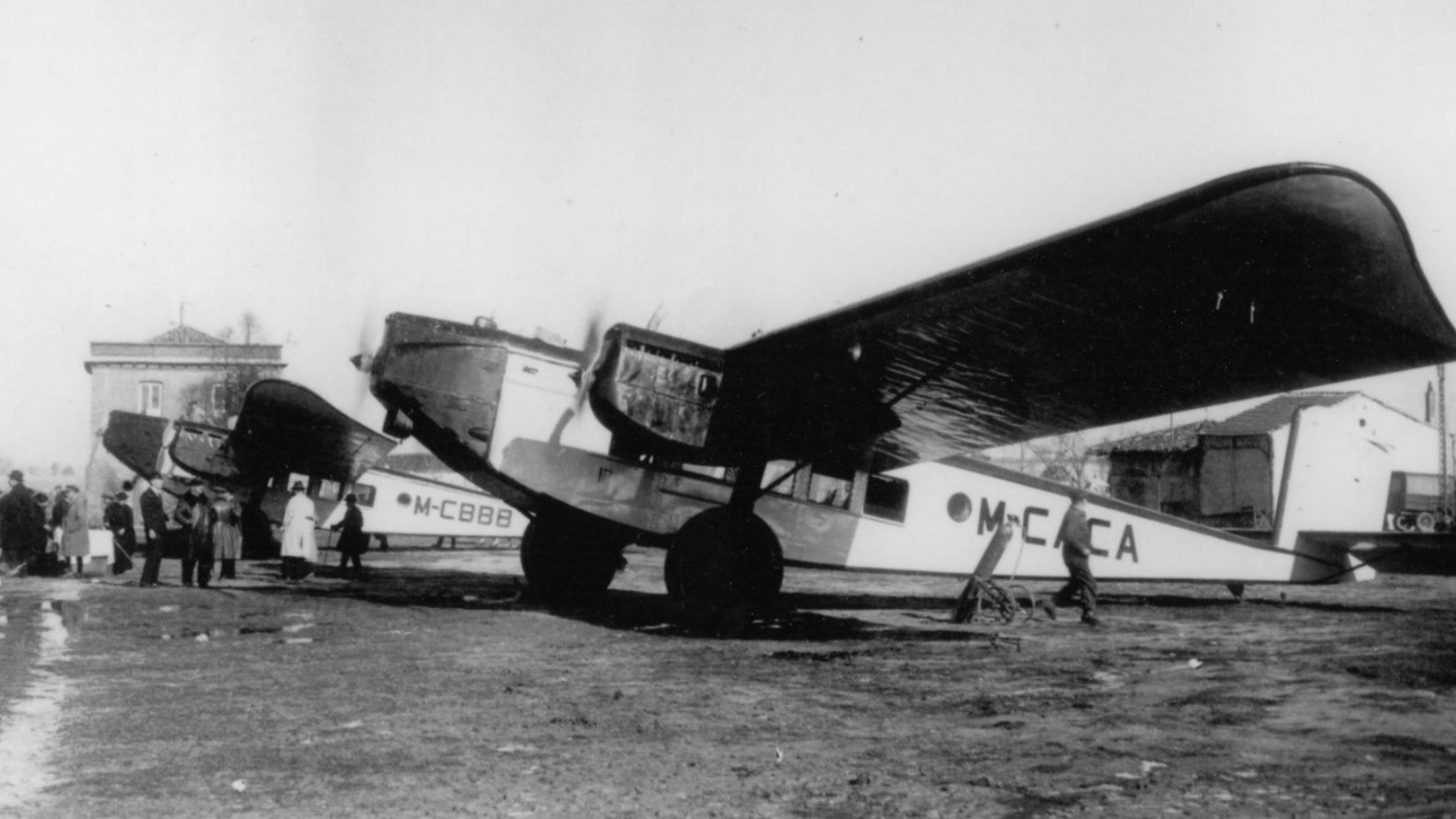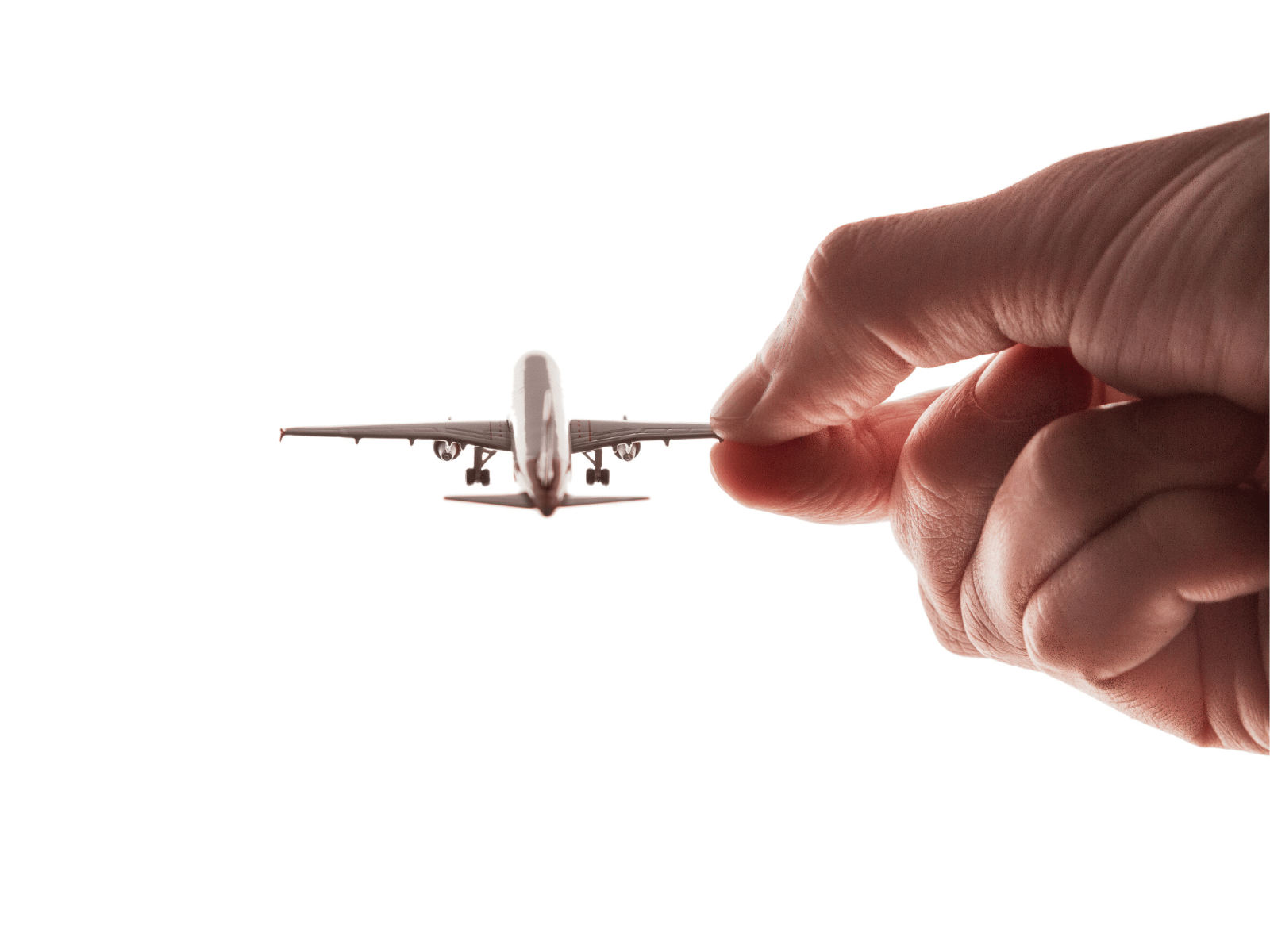Zaragoza, May 13, 2024 by Jorge García Jordán
Don't panic. It was like this. The photograph we show is the interior of an airplane shortly before 1930... Yes, yes, just as you see it.
The "intrepid" passengers were seated in wicker seats with windows that could be lowered. That's what it was like to travel in an airplane almost 100 years ago.
The reason they were able to do this is because they were flying at very low altitude and at a lower speed than a train travels today.
In the 1920s, it was difficult to fly above 600-700 meters and airplanes flew, at most, at 200 km/hour.
There are quite a few people today who have been ticketed for speeding on a highway with their car.

We are not aware of how much aviation has grown and evolved since the Orville and Wilbur Wright brothers, in a small town in Ohio, set up a factory that started out as a bicycle factory and embarked on the adventure that led them to what is considered the first flight with a heavier-than-air engine. An important human milestone that we celebrate today as the origins of aviation.
Thus, on October 17, 1903, after several failed attempts, the youngest of the brothers, Orville, climbed into the Wright Flyer (it is preserved reconstructed, see photo) and made that first flight. It is true that it only lasted 12 seconds and flew for 36 meters, nothing special from today's point of view, but it was the precedent for the aeronautical industry that developed during the 20th century. That same day, several more flights were made with more success.
But it was not until 2 years later, on October 5, 1905, when they managed to get their invention to stay in the air for almost 40 minutes and travel more than 35 kilometers. That was something else.

Their idea was to sell the invention and so they did. They had no shortage of interested companies and governments.
I am not going to bore you with data on the rapid technical evolution of aircraft because that is not my specialty and here there are firms infinitely more qualified and enjoyable for that.
I simply want to show you some milestones (there are many more) of commercial aviation in its beginnings so that, comparing them with the present, we can see that when something is interesting, useful, exciting and productive, human beings dedicate their five senses (common sense is not included), their time and even their lives to make it grow and do so exponentially. Let's see:
1914: Only 9 years after that "long flight" of the Wrigth brothers, the first regular air service was performed in a Benoist XIV seaplane, which crossed Tampa Bay, Florida (USA), from St. Petersburg (not the Russian city obviously) to Tampa. It took 23 minutes and the only passenger was Abram C. Pheil, former mayor of St. Petersburg, who had paid $400 for the privilege, about $12,400 in today's dollars. Everyone spends his money on what he thinks best and Mr. Pheil spent it on going down in the small History of commercial aviation.
1927: In Spain we didn't have to wait long. On December 14, 1927, ten people flew from Cuatro Vientos aerodrome to Barcelona on Iberia's first commercial flight, with wicker seats. It was Iberia's first flight and still is.

(As an anecdote it could be said that the Airlift was inaugurated in 1974 and became the first route of its kind in Europe. There they were, innovating and all).
In World War I (1914-1918) airplanes were used for military purposes, although still quite rudimentary and not very effective: bombing with small bombs dropped by hand, attacks with machine guns from the air... Nothing decisive, although the importance that Military Aviation was going to have in the future was already clearly glimpsed.
From these aerial duels, confrontations governed by quasi-knightly codes, the first heroes of the air were born, with Manfred Von Richthofen, the Red Baron, standing out above all. But that is another exciting story.
Over the next two decades, the development of aviation: military and commercial was meteoric: with the balloon discarded, they had only momentary competition from the Zeppelin until the 1937 disaster of the largest Zeppelin ever built, the Hinderburg, crashed in New York, leaving airplanes as the only alternative in the air.

1939-1945: We all know the importance of aviation during World War II. The big bombers proved that you can cross oceans and continents even more easily than a train can cross them by land or a ship by sea... and much, much faster.
September 22, 1946: the first commercial flight between Europe and America after World War II takes place. An Iberia DC-4 flew between Madrid and Buenos Aires, establishing a milestone in aviation. The first stewardesses, dressed in military-inspired uniforms, traveled on that flight. We have improved somewhat since then.
On November 22, 1977, regular flights between London and Paris and New York begin. The Concorde, considered the king of the skies, was born. While subsonic commercial aircraft took around 8 hours to complete a trip between Paris and New York, the Concorde only needed around 3 hours and 30 minutes. It was used until 2003, when its high cost and some very serious accidents caused it to stop flying.
July 2, 2015: Air Horizont is born. Just kidding. Air Horizont is only a small grain of sand in commercial aviation in terms of charter flights but who knows: "one grain does not make a barn but...". We are part of this incessant evolution that has been experienced in these more than 100 years of aircraft existence.
And the story goes on. Faster and faster, with greater safety (the airplane is still by far the safest means of transportation) and, little by little, at more affordable prices for a greater number of people.
Traveling around the world, sightseeing, meeting the human need to know new places, new cultures, has become a "luxury" within everyone's reach and that is thanks to the development of commercial aviation in such a short period of time.
To me it is mind-boggling. I encourage you to do a little research on your own about some of the events we have pointed out and many others that you will discover. You will not be bored.
If you liked it, share this article
YOU WILL ENJOY READING


JOIN THE CLUB
"LIVE FLYING"
WHY WILL YOU LIKE IT?
In the club you will find...
- Promotions with special discounts only for subscribers.
- Travelers' meetings.
- Online travel chats, learn the secrets of the cities where we fly.
- Sweepstakes and contests.
- Top guides with the best secrets of the cities where we are going to escape.
- Visiting the cockpit of a Boeing 737, a photo you will love to have.
- Solidarity actions.
- Workshops from "losing the fear of flying" to "how to organize your getaway saving time and money".
- Ask the expert: everything you would like to know about the world of aviation and never dared to ask.
- Passenger stories. Share with your fellow club members the photo, anecdote or story that caught your attention during your trip.





